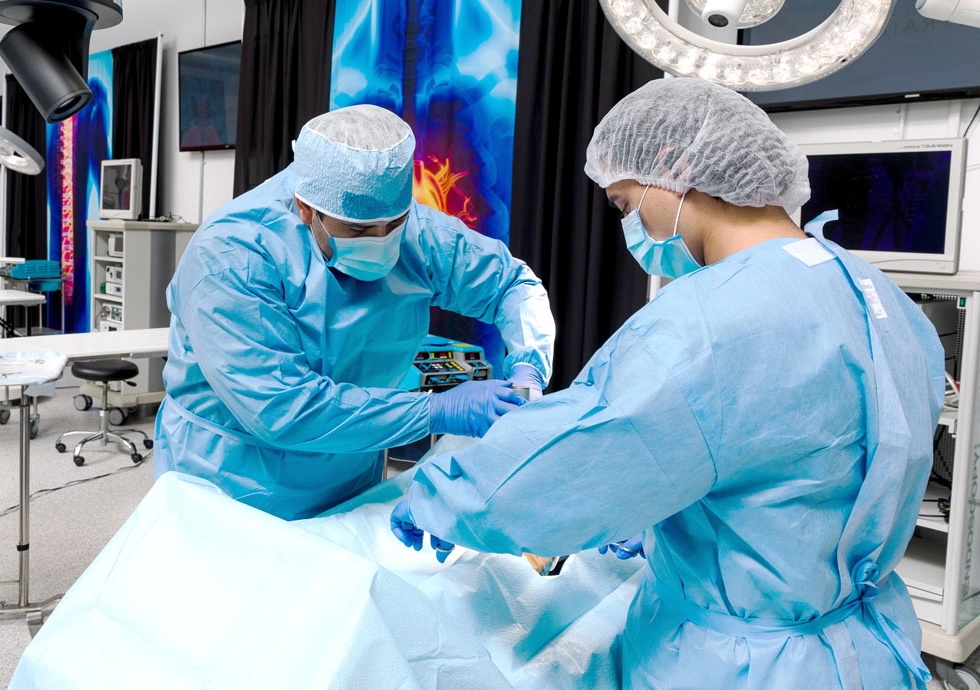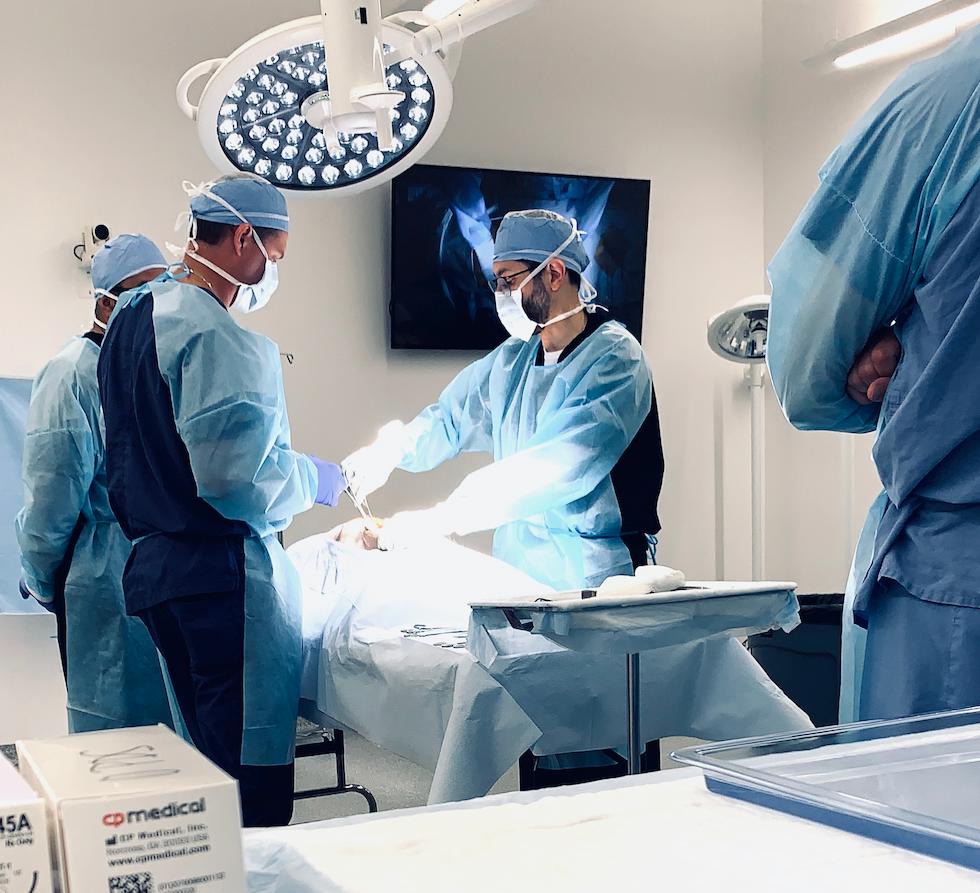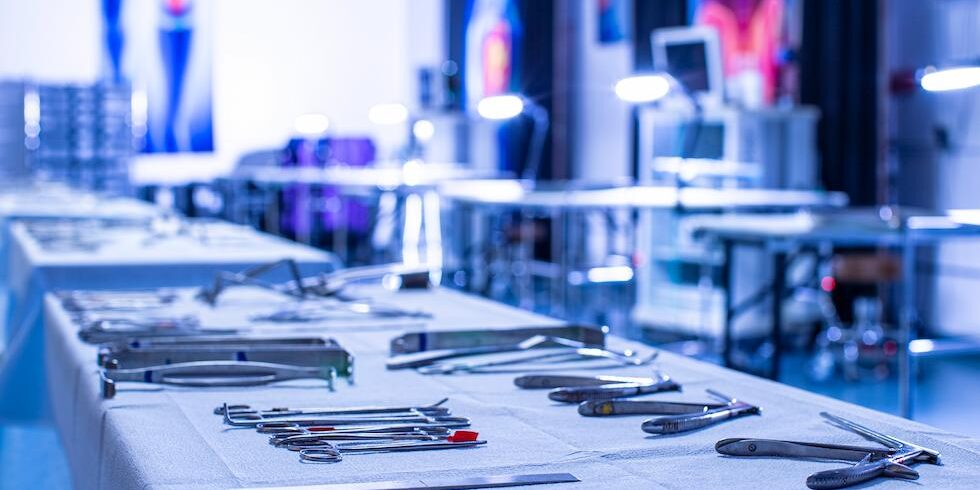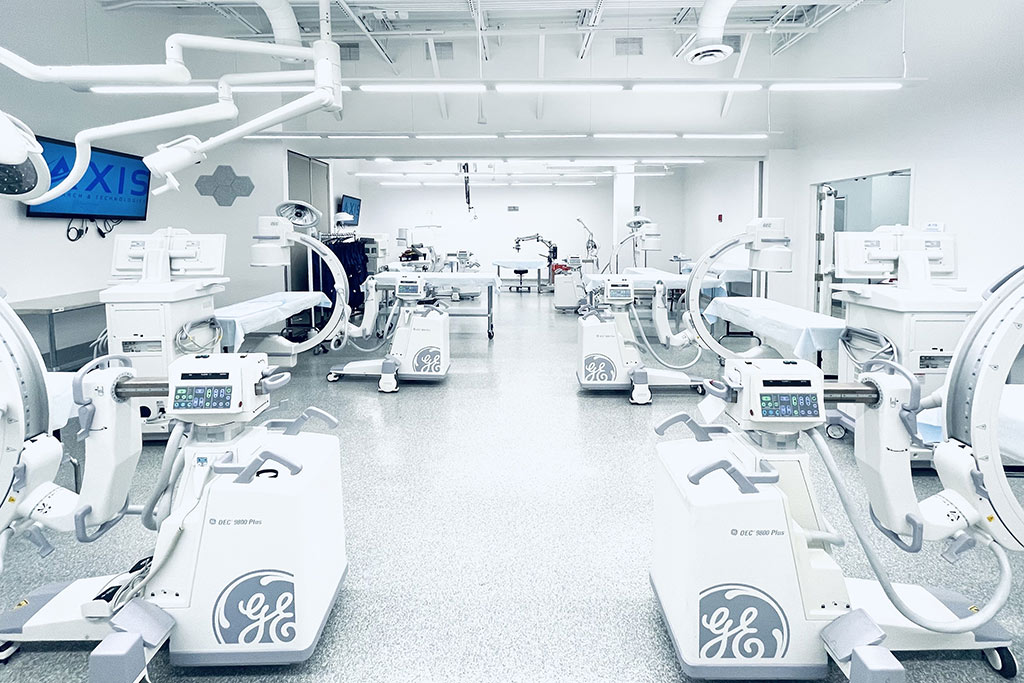The History and Ethics of Cadaver Use in Medical Education: Shaping the Surgeons of Tomorrow
The History and Ethics of Cadaver Use in Medical Education: Shaping the Surgeons of Tomorrow

Cadaver use in medical education has played a pivotal role in the advancement of surgical knowledge for centuries. From early anatomical studies to modern cadaver-based surgical training in bioskills labs, the use of human bodies in medical learning is both deeply historical and ethically complex. Understanding this evolution not only sheds light on how far we've come in healthcare but also emphasizes the importance of maintaining ethical integrity in hands-on medical training today.
A Brief History of Cadaver Use in Medicine
The practice of human dissection dates back to ancient civilizations. Early records from Greece and Egypt show that physicians sought to understand anatomy through direct observation. However, for much of history, cultural and religious taboos limited access to cadavers, forcing early anatomists to work in secret or with questionable sources.
- In the 14th century, dissection became more accepted in European universities, though cadavers were scarce.
- By the 18th and 19th centuries, demand for anatomical material grew, leading to the dark period of body snatching.
- This prompted legal reforms, such as the Anatomy Act of 1832 in the UK, which allowed legal donation of unclaimed bodies for medical study.
Today, cadaver donation programs are highly regulated, voluntary, and respected, with strict ethical oversight ensuring that human remains are treated with dignity.
Why Cadaver-Based Training Still Matters
Despite advancements in simulation and digital anatomy, cadaver labs for medical education remain essential. They offer unmatched realism that helps students and surgeons-in-training:
- Understand human anatomical variation
- Practice complex surgical techniques
- Gain tactile feedback not possible in virtual environments
For new surgical technology training, cadavers are often the gold standard, allowing real-world testing of instruments, implants, and devices in a controlled environment with advanced lab capabilities.

The Ethics of Cadaver Use in Modern Medicine
Modern cadaver programs operate under stringent ethical guidelines designed to honor donor intent and ensure respectful treatment. The cornerstone principles include:
- Informed Consent: Donors or their families must give explicit permission.
- Confidentiality: Identities are protected throughout the educational process.
- Respectful Handling: Institutions maintain protocols for dignity and proper care.
- Purpose-Driven Use: Cadavers are used solely for approved medical education or research purposes.
These principles help build trust in the system, highlight the importance of surgical training, and encourage more individuals to consider donating their bodies to science for the betterment of medical care.
Cadaver Labs and the Future of Surgical Education
Today’s bioskills cadaver labs are technologically advanced, clean, and professionally managed training spaces where surgeons can:
- Perform practice surgeries using high-fidelity hyper-realistic perfusion services
- Test innovative medical devices before clinical use
- Train on procedures ranging from orthopedics to neurosurgery
- Leverage advanced AV capabilities for enhanced training and real-time feedback
It also contributes to the ethical imperative of "do no harm" by allowing procedures to be mastered in a non-clinical setting first.


This type of hands-on surgical education is critical for reducing medical errors and improving patient outcomes.
Conclusion: A Legacy of Learning, A Future of Innovation
The use of cadavers in medical education is both a historical foundation and a modern necessity. Ethical cadaver-based training provides future surgeons with the skills they need to perform safely, confidently, and competently. As new surgical tools and technologies emerge, bioskills labs offering cadaver training will continue to play a vital role in shaping the future of healthcare.
By honoring the history and embracing ethical practices, we ensure that cadaver education remains a respectful, powerful tool in training the next generation of healthcare professionals.
